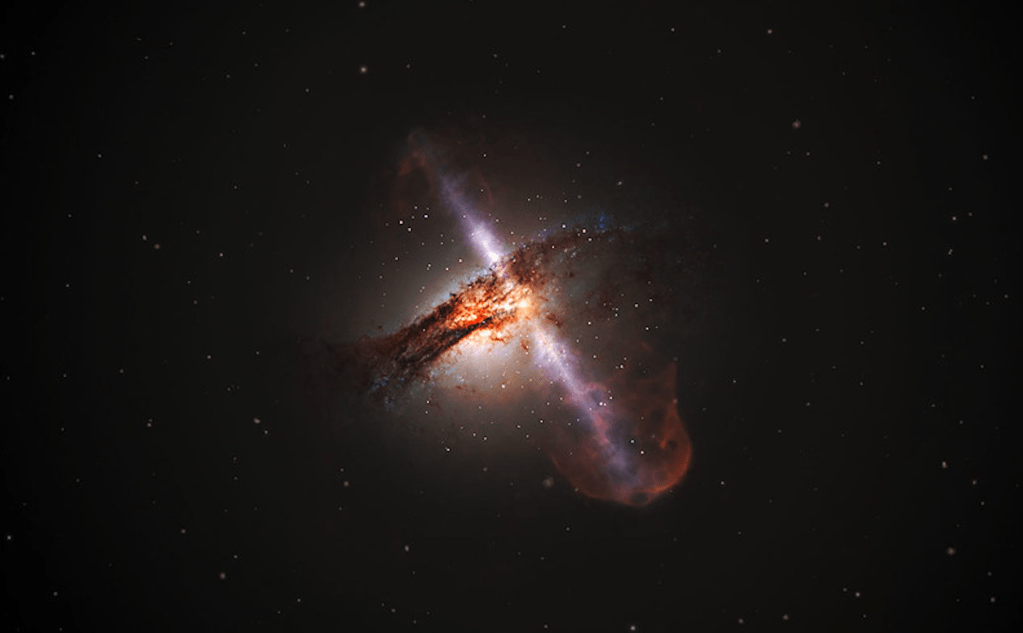At 2 AM on Sunday morning (AEST time) astronomers at the Steward Observatory Catalina Station in Arizona spotted an asteroid hurtling towards Earth at 106,497 km/h. Called 2018 GE3, it was estimated to be up to 110 metres in diameter, which is the same length as an average FIFA soccer field. Scientists quickly calculated that it would pass us the following day, but only just. And actually 2018 GE3 would turn out to be the largest known asteroid to ever drift so close to Earth, and this particular rock’s first visit since 1930.
The next day it tore past without incident, brushing within 192,317 km of our upper atmosphere. And sure, that sounds like a healthy margin for error, but keep in mind that space is infinite and the moon is just 400,000 kilometers away.
Videos by VICE
So what would have happened if it’d hit us? Well, as a fun game of comparative speculation, the meteorite that exploded over remote forest in Russia in 1908, known as the the Tunguska event, is thought to have been between 60 to 190 metres in diameter. It didn’t kill anyone, but that’s only because the area was basically unpopulated. And it did flatten about 200 kilometers of pine trees.
Notably, the other meteorite that blew up over Russia—the 2013 Chelyabinsk meteor—was only 20 metres in diameter. And according to state media, that put some 1,500 people in hospital after the shock wave showered residents in broken windows.
So the next question: why the hell didn’t anyone see 2018 GE3 coming sooner?
According to Livescience, the issue is that asteroids are dark and small, while the sky is huge. As they note, the most common variety of asteroids are composed of rock that doesn’t reflect light, making them hard to spot. Telescopes need to be pointed at just the right patch of sky at just the right time to see them, which requires dozens of telescopes operating simultaneously to monitor the sky.
NASA does actually operate an asteroid detection program, aptly called Planetary Defense. As their website explains, they are “ensuring the early detection of potentially hazardous objects asteroids and comets,” while also “leading the coordination of U.S. Government planning for response to an actual impact threat.”
The observatory that detected 2018 GE3 did notify NASA, but it was determined to not be a threat. And as you’d know by being able to read this, they were right. Just.




